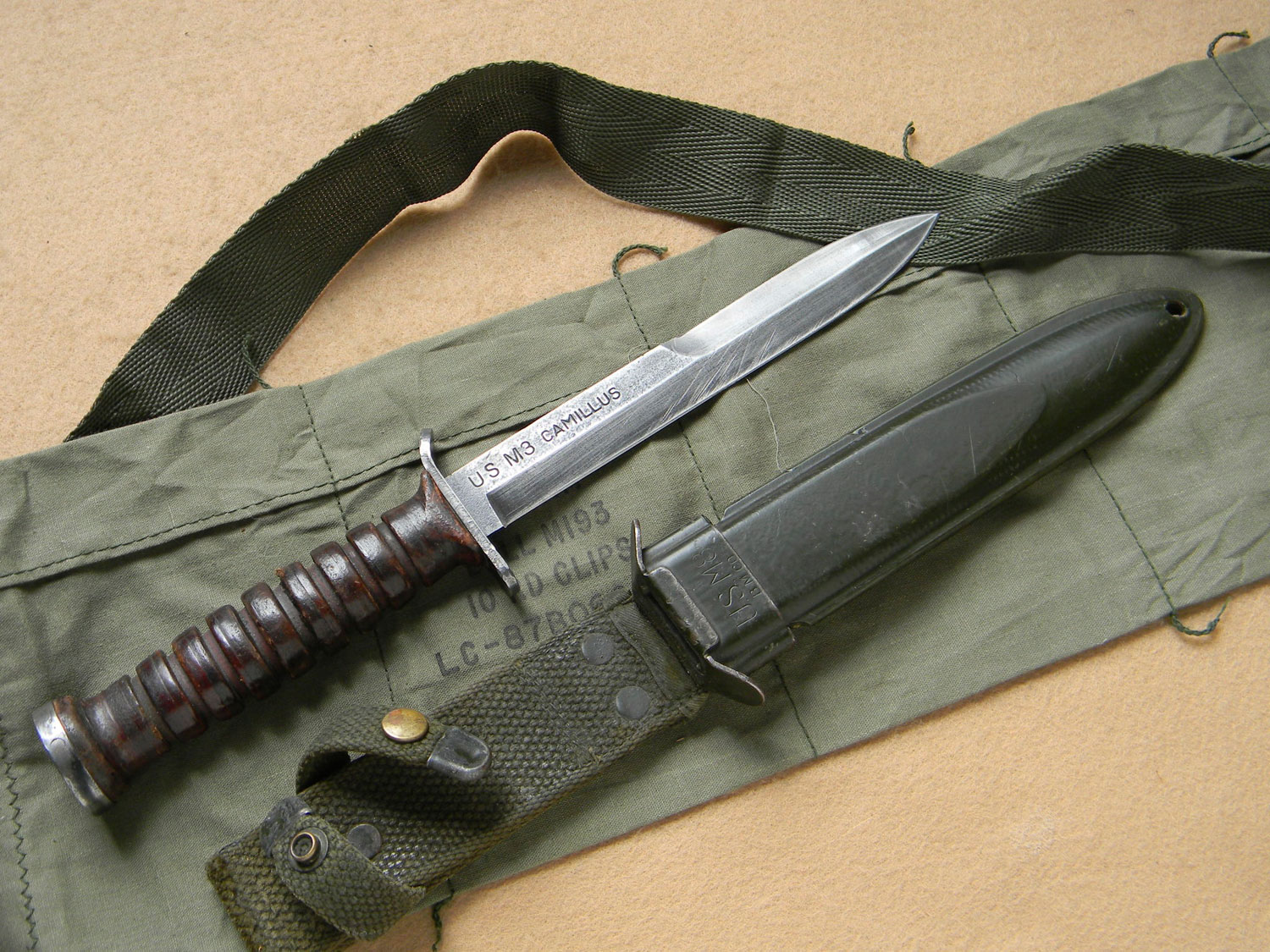

Both knives feature handmade sheaths, probably made on ships by servicemen. (All images by Richard D. Wood was used because of a shortage of aluminum during World War II. MARK 1 Pal (bottom) and Robeson made these Mark 1’s with wood pommels. If a soldier depends on a knife, then citizens also depend on that knife.Įditor’s note: The following is by Richard D. When BLADE writes about lives depending on knives, it’s not only referring to the user. It is designed for stabbing or thrusting.Saturday, May 19, 2018, is Armed Forces Day. It’s a day to “participate in exercises expressive of our recognition of the skill, gallantry, and uncompromising devotion to duty characteristic of the Armed Forces in the carrying out of their missions,” as President Harry Truman put it in 1950.īLADE is doing its part by taking a look back at the knives that accompanied those in uniform during World War II. Like the Bayonet, swords were mostly used by the Japanese during the World War 2.Ī dagger is a knife with a very sharp point and one or two sharp edges. You have probably heard of the tale of Jack Churchill, aka Mad Jack who fought in the World War 2 with bow and arrows and a sword. The bayonet was used by the Japanese, British and Soviet Forces however, it was more important to the Japanese.


This knife was made available to combat soldiers in 1943.


 0 kommentar(er)
0 kommentar(er)
